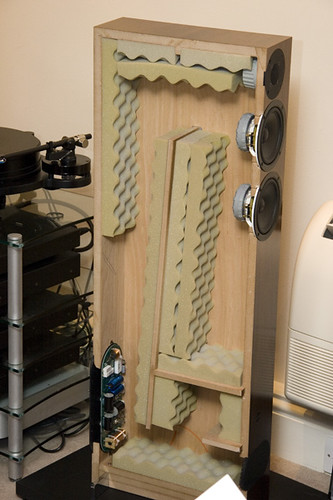Thing is, ported speakers are designed to be ported, and unless they're large to start with, they can sound, well, a bit lame with the ports blocked, unless you have boomy bass to start with.
True 'infinite-baffle' loudspeakers are meant to be sealed, and they will perform totally differently to a pair of ported speakers with the ports bunged up, because they've been designed from the outset to perform optimally as sealed units.
From my meagre experiments over the years, I concluded there's no easy way to convert a ported speaker to infinite-baffle and have it sound as good as a true infinite-baffle speaker, because it wasn't designed as one. If you want the fast, tight bass you get from an infinite-baffle loudspeaker, you need to buy one. And if you want deep, powerful, tight bass from an infinite-baffle loudspeaker, then there's so substitute for inches, ideally lots of them.



